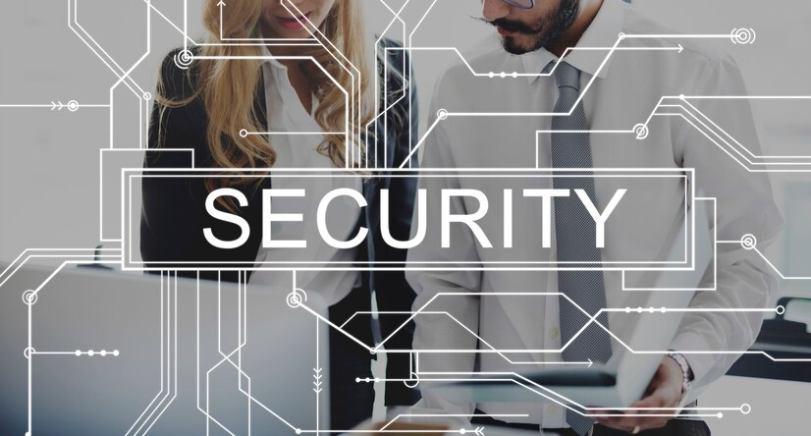In the modern digital ecosystem, data stands at the heart of almost every operation, making secure storage an invaluable asset. For businesses of all sizes, Network-Attached Storage (NAS) devices are a popular choice to store, manage, and back up their vital information. However, with this convenience comes the daunting task of ensuring the security of the stored data. This blog post is tailored for organizations and individuals looking to fortify their NAS setups against potential threats and breaches.
Understanding Network-Attached Storage
Before we do a deep-dive into security measures, it's important to have a clear understanding of what is network attached storage (NAS) and why it's crucial to protect it.
- What is NAS and Why Securing It Matters?
NAS is a storage device that connects to a network, allowing multiple users and client devices to store and retrieve data from a centralized location, serving both small and large-scale businesses. Its role is critical in maintaining data continuity and accessibility, but what often goes unsaid is the storage's vulnerability to malicious activities.
- Common Threats to NAS Security
There are various ways that NAS devices can be compromised, including:
Unauthorized Access and Data Theft: Weak passwords or unencrypted data can lead to unauthorized users gaining access to sensitive information.
Ransomware: NAS systems, especially those accessible through the internet, are at risk of ransomware attacks that can lead to data encryption or theft.
Malware: Unsuspecting users within the network might download malware, which can then spread to the NAS, causing extensive damage.
With these threats in mind, it's time to look at the best practices for ensuring the security of your NAS systems.
Best Practices for NAS Security
Securing NAS requires a multi-faceted approach that covers many layers of protection. Here are some of the best practices that should be at the forefront of your security strategy.
1. Data Encryption
Data encryption is one of the fundamental techniques for safeguarding your NAS system against unauthorized access. Both data-in-transit and data-at-rest encryption protocols should be implemented to protect your data against eavesdropping and theft.
2. Regular Software Updates
Keeping the NAS operating system and all associated software up to date is critical in maintaining security. These updates often include patches for vulnerabilities that, if left unaddressed, could lead to breaches.
3. Strong Access Controls
Implementing strong access controls, such as two-factor authentication (2FA) and role-based access, can significantly reduce the chances of unauthorized users gaining entry into your NAS.
4. Secure Remote Access
If your NAS security system supports remote access, it's important to secure this entry point. Besides utilizing VPNs, restricting remote access to only known IP addresses can prevent a myriad of remote attacks.
5. Backup and Disaster Recovery Plans
Having a robust backup solution in place is essential. Regular data backups should be performed, with data integrity checks to ensure that backups are not compromised. Additionally, a solid disaster recovery plan can ensure rapid restoration of data in the event of a breach.
Implementing NAS Security Measures
Now that we've outlined the best practices, the next step is putting them into action. Here's a step-by-step guide to securing your NAS devices.
- Step-by-Step Guide to NAS Security
Change Default Credentials: The first and most basic step is to change default usernames and passwords on your NAS device to unique, complex credentials.
Enable Firewall: NAS devices should have firewalls enabled to prevent unauthorized network access.
Implement SSL/TLS Certificates: If your NAS device hosts services over the internet, ensure SSL/TLS certificates are in place to secure connections.
Regular Security Audits: Conduct regular audits to identify vulnerabilities and any anomalous activity on your NAS system.
Vendor Support: Understand the support available from your NAS device vendor, which can be invaluable in case of security incidents.
- Employee Training and Awareness
Human error is often the weakest link in security chains. It's important to train employees on the proper use of NAS, recognize phishing attempts, and understand the importance of strong security measures.
Conclusion
Network-Attached Storage is an integral part of modern data management. However, its significance is matched by the importance of its security. By implementing the best practices outlined in this post, you can greatly enhance the protection of your NAS systems and the valuable data within. Make securing your NAS a priority, and you’ll not only safeguard your information but also your organization's reputation.
